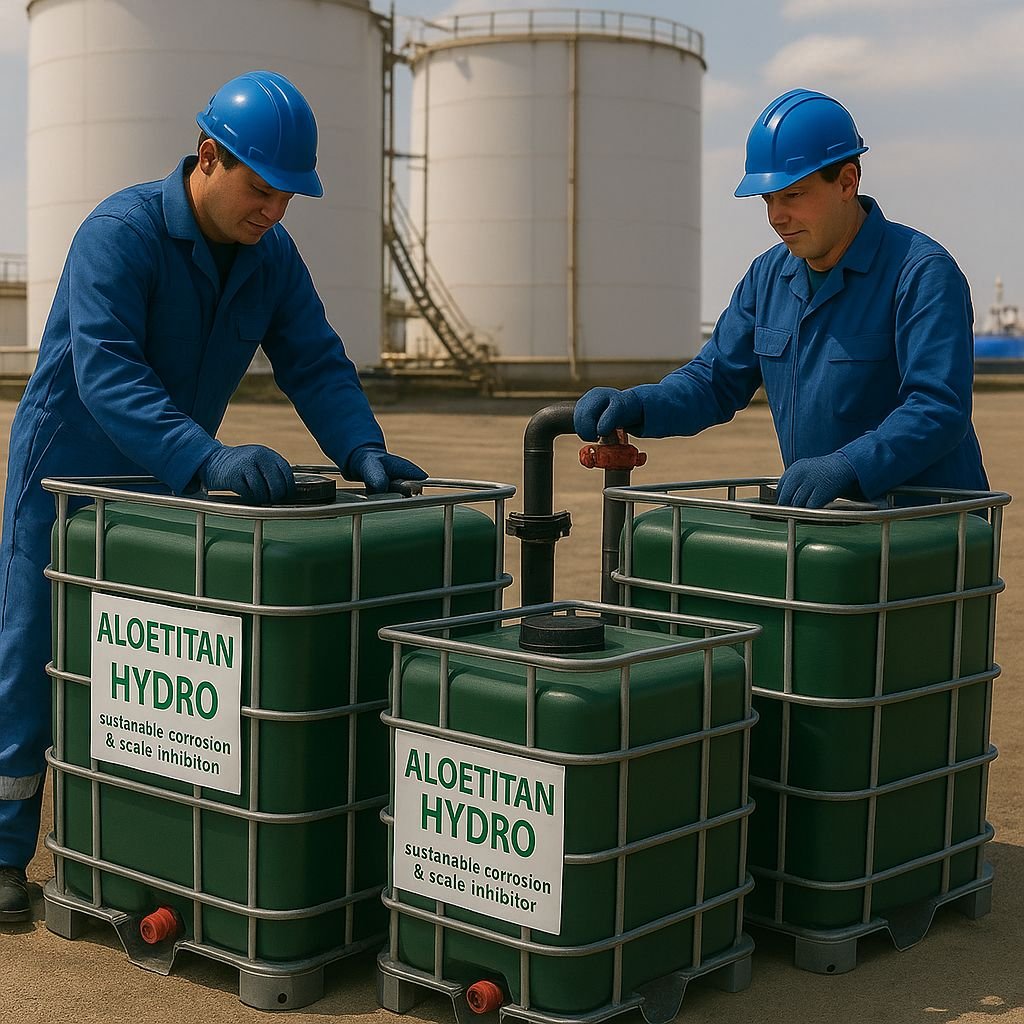Central Processing Facilities: The Heartbeat of Upstream Oil and Gas Operations.
In the complex world of oil and gas production, the Central Processing Facility (CPF) plays a pivotal role. Often referred to as the “heart” of upstream operations, the CPF ensures that hydrocarbons extracted from production wells are efficiently and safely processed before entering downstream infrastructure.
Without it, raw production streams would remain unfit for transportation, sale, or further refining.
📌 What Is a Central Processing Facility?
A Central Processing Facility is a critical installation within the upstream segment of the oil and gas value chain.
Its primary responsibility is to receive the multiphase mixture of oil, gas, water, and solids directly from the wellheads and separate it into its individual components.
Each of these components is then treated and routed accordingly for commercialization or further processing.
⚙️ Core Processes within a CPF
The CPF integrates several key steps that transform raw production into market-ready outputs:
- Separation: The incoming well fluids are separated into oil, gas, water, and solids (typically sand) using mechanical or chemical methods.
- Treatment: The separated oil undergoes conditioning to meet market specifications—commonly by reducing contaminants such as water, salt, and particulates.
- Gas Conditioning: Depending on the gas composition, it may require dehydration, sweetening, or compression for transport.
- Water Management: Produced water is either treated for reinjection or disposal in an environmentally responsible manner.
- Metering and Sampling: Fluids are measured and sampled to determine quality and quantity, ensuring accurate reporting and valuation.
🚛 From CPF to Market
Once the fluid streams are stabilized and treated:
- Oil is typically transferred to storage tanks or pipelines en route to refineries.
- Natural Gas is compressed or liquefied depending on its destination.
- Produced Water is managed per environmental standards or reused in secondary recovery operations.
🧭 Why CPFs Matter
The strategic importance of a well-functioning CPF cannot be overstated. CPFs ensure:
- Operational Efficiency: By centralizing initial treatment, they reduce the complexity and cost of downstream logistics.
- Safety: Proper handling of pressurized and potentially hazardous fluids mitigates risks to personnel and infrastructure.
- Regulatory Compliance: Treatment processes help operators meet environmental and commercial standards.
- Revenue Assurance: Accurate metering and quality control support fair transactions and operational transparency.
A CPF is far more than a collection of pipes and tanks—it is a dynamic system that enables upstream productivity and safeguards the broader hydrocarbon value chain.
In an industry where precision, safety, and environmental stewardship are paramount, the CPF stands as a cornerstone of sustainable and profitable production.
What Chemicals are Used at a CPF
Central processing facilities in the oil and gas industry utilize a wide range of chemicals for various purposes including processing, treatment, and transportation of hydrocarbons. These chemicals are essential for enhancing production, preventing corrosion, controlling flow assurance issues, and ensuring safe and efficient operations.
Common Chemical Applications:
- Corrosion Inhibitors: These chemicals protect pipelines, storage tanks, and other equipment from the corrosive effects of produced fluids and gases.
- Scale Inhibitors: Used to prevent the formation of mineral deposits (scale) that can restrict flow and damage equipment.
- Demulsifiers: These chemicals help separate water and oil emulsions, facilitating the dehydration of crude oil.
- Biocides: Used to control bacterial growth in water systems and prevent biofouling.
- Surfactants: Reduce surface tension, aiding in oil and water separation, foam control, and improved flow in pipelines.
- Paraffin Inhibitors & Dispersants: Prevent or dissolve paraffin (wax) buildup in pipelines and equipment.
- Asphaltene Inhibitors: Stabilize asphaltenes, preventing their precipitation and deposition in wells and pipelines.
- Gas Hydrate Inhibitors: Prevent the formation of gas hydrates, which can block pipelines.
- Hydrogen Sulfide (H2S) Scavengers: Remove H2S, a toxic and corrosive gas, from natural gas streams.
- CO2 Removal Chemicals: Used to separate carbon dioxide from natural gas.
- Clay Stabilizers: Prevent clay swelling and migration, which can reduce wellbore stability and productivity.
- Defoamers: Control or eliminate foam formation in processing equipment.
- Specialty Chemicals: Include gelling agents, flocculants, and other chemicals for specific applications like well stimulation or enhanced oil recovery.
- Heat Transfer Fluids: Such as ethylene glycol, used in various processes to transfer heat and maintain stable operating temperatures.
- Acids: Hydrochloric acid and formic acid are used in well stimulation and acidizing treatments to dissolve minerals and improve flow.
- Alkalis: Sodium hydroxide and potassium hydroxide are used for various purposes, including pH adjustment and chemical reactions.
- Salts: Calcium chloride is used in drilling and completion fluids.
- Specialty Methacrylates: Used as building blocks in various oil and gas applications including drilling, production, and infrastructure.
Most of these products may be harmful, toxic and with carcinogenic effects to human beings, and all of them are contaminant and dangerous to the environment. Instead, you can use our green and sustainable solutions for use at a CPF.

We offer plant based solutions -made with aloe and other natural extracts- to be used in the oil & gas and petrochemical industries.
All products are made with renewable resources. Biodegradable solutions. Non toxic products. No harmful products. Green and sustainable products. All these products are used and validated by the oil and gas industry. These green and sustainable products are environmentally friendly solutions for CPFs.
Or contact to us.
